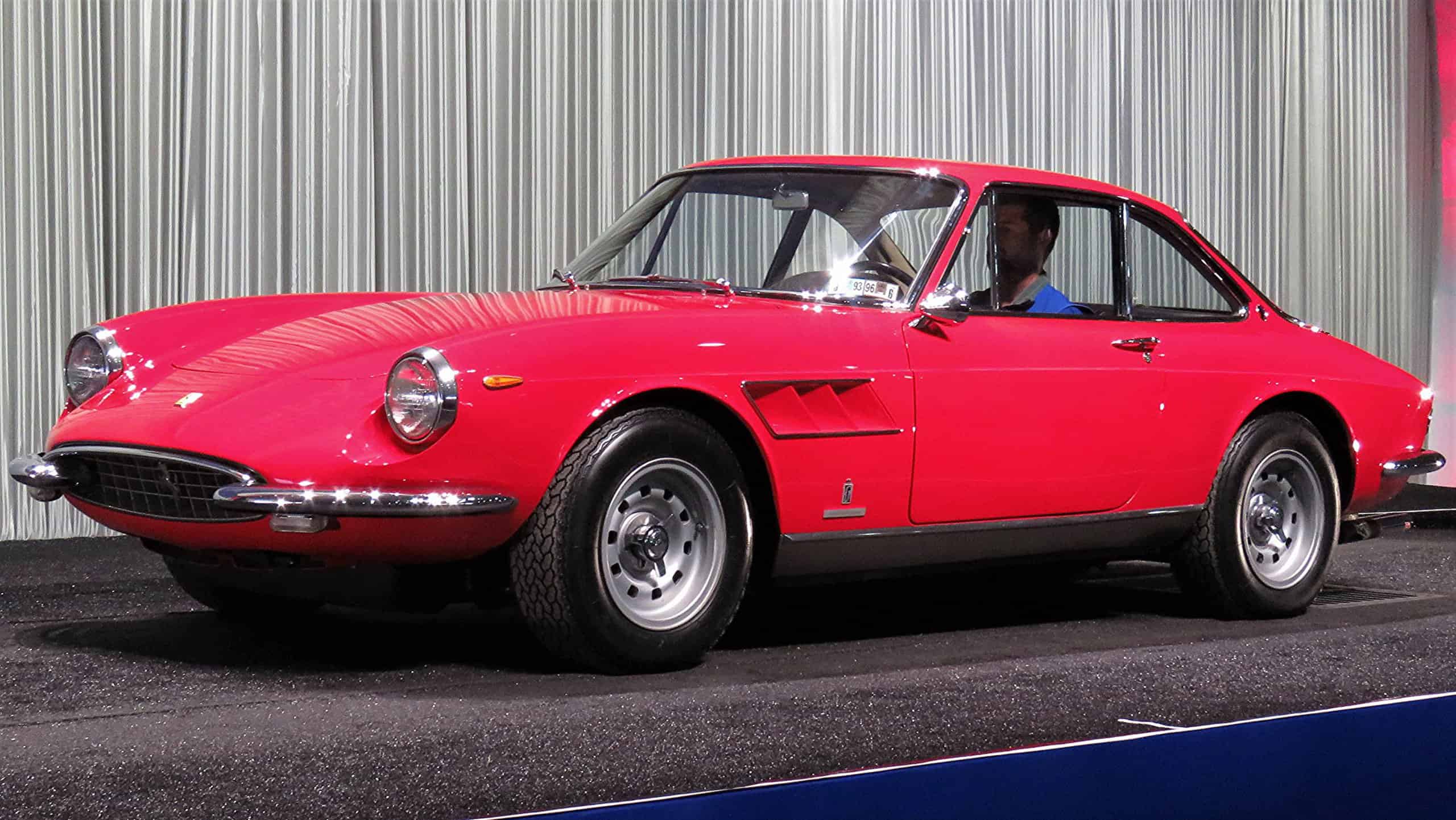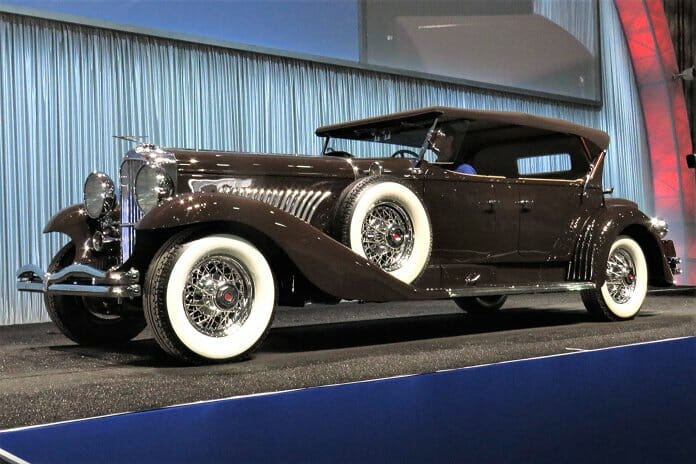How do you know when it’s time to sell one of your cherished collector cars?
The late Gordon Apker once told me that if he hadn’t driven a car within the last two years, he sold it. Another owner of a sizable collection explained that his wife wouldn’t allow him to build yet another garage, so if he wanted to keep buying — and he did — he had to start selling.
When I was first writing about the collector car hobby, someone who had been around long enough to understand the marketplace told me to pay attention to the three D’s: Death, Divorce, Deaccession.
Death explains the estate sales (or the reason why many collectors sell before becoming too elderly). Divorce should be self-explanatory as a reason for selling cars. Deaccession? Well, sometimes you just need some cash.
Which brings me to a pet peeve: Consigners who set unrealistic reserves when they send one or more of their cars across an auction block. But I don’t blame only the consignors. I’d argue that the auction companies should do a better job of managing expectations, of making sure their sellers understand the current state of the marketplace.
Fact is, the four-wheeled beauty into which you poured your affection, your time and money, perhaps even your sweat and scraped knuckles, likely is not as valuable today as you might wish. Yes, there are exceptions, for example, the latest generation of the Ford GT. Yes, the newest GT is a limited-production supercar, but it also is a vehicle Ford sells for around $550,000, yet it has become a $1 million-dollar auction baby.
I wasn’t in Arizona for the recent auction week (I stayed home to edit and post others’ stories and photos), but I followed the sales in conversations with those who were there, and online, and in the daily news releases from the auction companies.
Speaking of auction companies, there were eight taking part in Arizona Auction Week 2020, and Mecum plans to present another 1,500 vehicles at its Arizona auction in mid-March. Yes, oversaturation certainly is a factor in depressing values, and I’ve been to enough collector vehicle sales to know there’s nothing much worse than sitting there and watching a parade of no sales.
The car drives onto the block, there’s a quick verbal sales pitch, the bidding begins… and plateaus… and the auction house huddles with the consigner. But the reserve is neither lifted nor reduced and the car is pushed away without selling. It’s flirting without a kiss, foreplay and nothing more. And sometimes there are two, three, even five such no-sale disappointments in a row.

So here we are, the week after the auctions, and I’m looking at a Gooding email that shows cars that were on its block in Arizona and did not sell, but “are still available for a limited time only.”
The cars would make for a phenomenal collection: 1967 Ferrari 330 GTC, 1965 Ferrari 500 Superfast, 1936 Duesenberg Model JN Tourister, 2017 Ferrari F12 Berlinetta, 2020 Ferrari 488 Pista, 1973 Ferrari Dino 246 GTS, 1926 Duesenberg Model A Opera Coupe, 2017 Ferrari F12TdF, 1967 Porsche 911 2.0 S, 1955 Mercedes-Benz 300 SL Gullwing, 2006 Ford GT Heritage Edition, 1960 Alfa Romeo Giulietta SZ, 2006 Mercedes-Benz SLR McLaren, 2011 Porsche 997 GT3 RS 4.0, 2018 Ferrai 488 GTB and 1960 Maserati 3500 GT.
Each of their owners was willing to put the car across the block, but when the bidding was done, those owners wouldn’t accept the money offered.
And that money can be considerable. You can go to Hagerty’s auction-tracking app to see those high bids, and hip-hip-hurray for RM Sotheby’s, which actually includes no-sale high bids in its final news release.
There we learn that owners not only turned away the $5.5 million offered for a 1958 Ferrari 250 GT cabriolet Series I, $1.7 million for a 1965 Ferrari 275 GTB/6C, $1.35 million for a 1954 Ferrari 250 Europa GT coupe, $1 million for a 2019 McLaren Senna, but also $190,000 for a 1960 Facel Vega HK500, $185,000 for a 1956 Jaguar D-type replica, $170,000 for a 1948 Ford Marmon-Herrington station wagon, etc.
And it’s not only at the high-end catalog sales. There were plenty of no-sales at the more entry-level auctions, too. Well, except for Barrett-Jackson, which has decided it can operate without reserves, even at the cost of missing out on some sensational and truly classic vehicles, unless a charity is involved.
And remember, these same car owners who are declining serious offers on their cars are the same owners who not only were willing to but likely even wanted to sell. And there were bidders who were willing and even eager to buy.
Should we blame the bidders? Not really. The auction venue and the bidders present (and by telephone and internet) are the marketplace — at least the part of the most visible part of that iceberg — and how many times have we been told that it is the market that determines real value, value at this very place at this very moment.
Yes, I know, just 18 or 24 or 36 months ago, those no-sale cars likely were worth more, perhaps even much more. But it’s not then, it’s now, as in 2020, and there’s a new economic reality in the world, and the collector car world is not exempt.
It’s time for auction houses to manage expectations and for consignors to get real.







Agree
Auctions are tougher than ever. There are more auction companies and more cars flooding the market than ever before. Many cars that go to auction are scooped up by speculators who think they can just move it on to the next auction and advance their bankroll.
Such is the case with the Duesenberg Model J which is, appropriately, the cover image for this article. It was purchased at a Worldwide Auction where it sold no reserve among a large group of no reserve ACD cars within the last year and somehow the buyer thought there was money left on the table. Astonishingly, Gooding took it with a reserve.
Secondly, the provenance of the car was not accurately conveyed to Gooding for their catalog writer and as such, did not match up with the ACD records. Prospective buyers check on such things. The result was a car that bid to almost $100K less than what it sold for the last time around.
Ouch!
All it takes is for two multi millionaires to get into a pissing match over a car to drive the price up to an unrealistic value and everyone thinks theirs is now worth that much too. Many people don’t realize that the Jay Leno’s of the world don’t care what it costs if they really want it. I’ve been wheeling and dealing is “boy’s toys” most of my life and have seen things sell for several times their real value because some Richie Rich just had to have it. Rich or poor, it pays to have money.
A few years ago,renowned collector Ron Pratt started selling off his collection.Since then there have been other well known high end collectors doing the same thing.I think these astute investors sensed the current decline in values and were simply ahead of the curve.